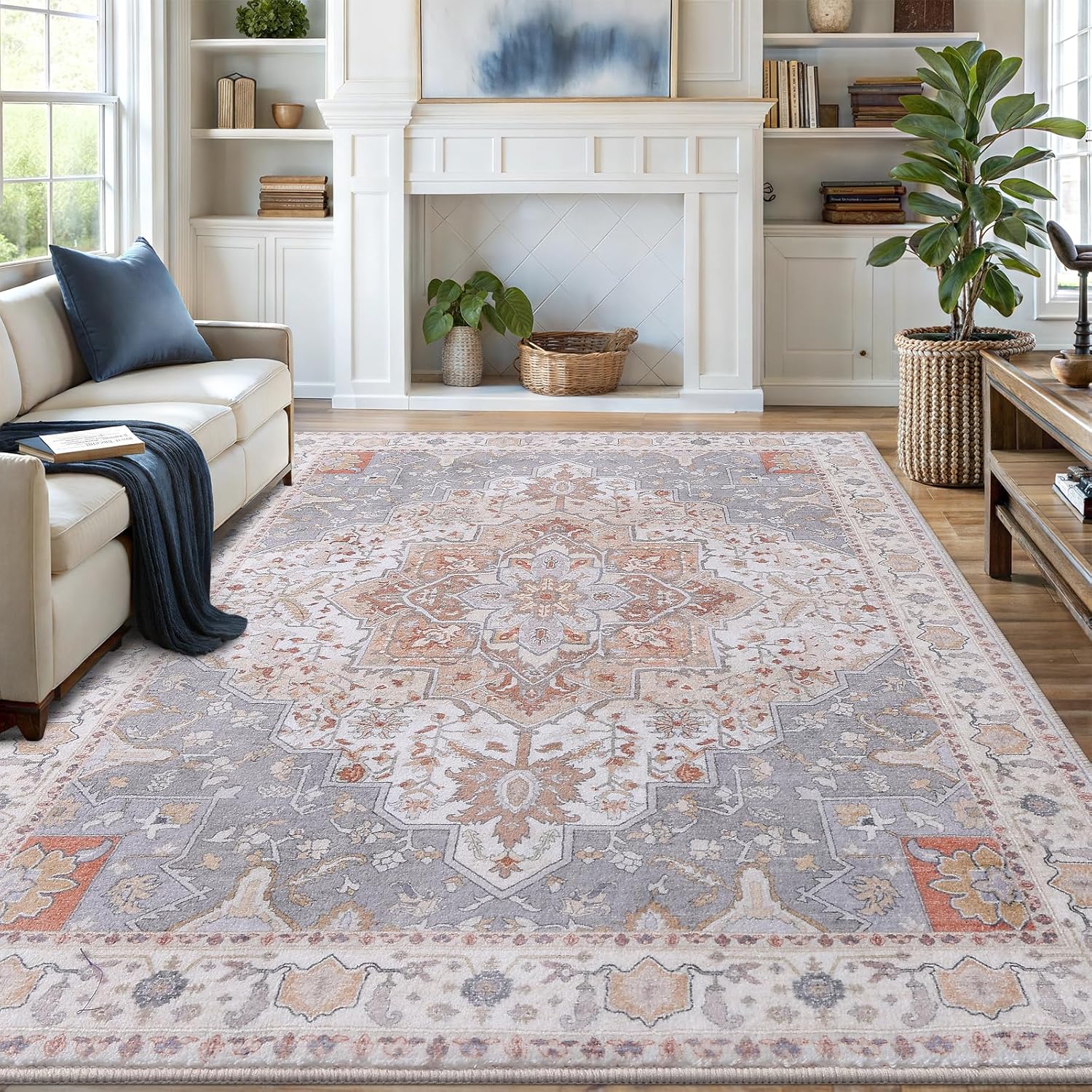Use a mixture of mild soap and water, a soft cloth, and conditioner for effective deep cleaning of leather furniture.
Leather furniture adds elegance to any home, but proper deep cleaning is essential to maintain its beauty and longevity. Unlike fabric upholstery, leather requires specialized care to prevent drying, cracking, and discoloration.

Understanding Your Leather Type
Before cleaning, identify your leather type as different finishes require different approaches:
- Aniline: Most natural look, most delicate
- Semi-aniline: Slightly protected, more durable
- Pigmented: Most common, most stain-resistant
- Bonded: Least expensive, most synthetic
Test Cleaning Solutions First
Always test any cleaner on an inconspicuous area first. Wait 24 hours to check for discoloration or texture changes before proceeding with full cleaning.

Step-by-Step Deep Cleaning Process
1. Preparation
Remove all cushions and vacuum thoroughly using a soft brush attachment. Pay special attention to crevices where dust accumulates. For best results, use a vacuum with specialized upholstery tools.
2. Surface Cleaning
Create a gentle cleaning solution:
| Solution | Best For |
|---|---|
| 1/4 cup white vinegar + 1/2 cup distilled water | General cleaning |
| 2 drops castile soap + 1 cup distilled water | Heavier soil |
Dip a microfiber cloth in your chosen solution, wring until just damp, and wipe in small circular motions. Work in sections and dry immediately with a clean towel.
3. Stain Treatment
For stubborn stains:
- Ink: Dab with rubbing alcohol (test first)
- Oil: Sprinkle cornstarch, let sit overnight, then brush away
- Water marks: Blot with equal parts vinegar and water
4. Conditioning
After cleaning, apply a quality leather conditioner like Leather Honey or a homemade blend of 1 part lemon juice to 2 parts olive oil. Buff gently with a clean cloth.
Advanced Protection Techniques
UV Protection
Use a leather protectant with UV inhibitors to prevent fading. Reapply every 6 months, especially for furniture near windows.
Humidity Control
Maintain 40-50% humidity in your home to prevent leather from drying out. Consider a humidifier or air purifier for optimal conditions.
Common Mistakes to Avoid
- Using harsh chemicals like ammonia or bleach
- Applying too much water (leather is porous)
- Using furniture polish (creates buildup)
- Neglecting regular dusting between deep cleans
- Placing leather in direct sunlight
Professional vs. DIY Cleaning
While regular maintenance can be done at home, consider professional cleaning every 2-3 years for:
- Antique or valuable leather pieces
- Severe staining or discoloration
- When the leather feels stiff or shows cracking
For daily cleaning between deep treatments, use a gentle, organic cleaner to maintain your leather’s natural beauty.

